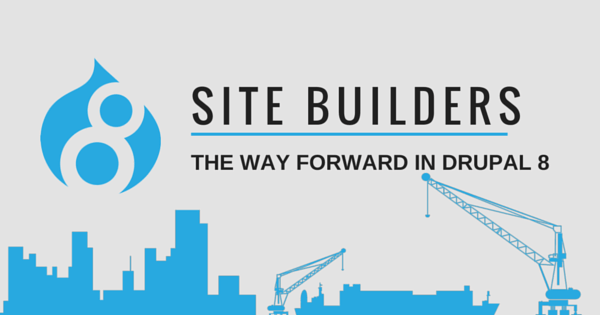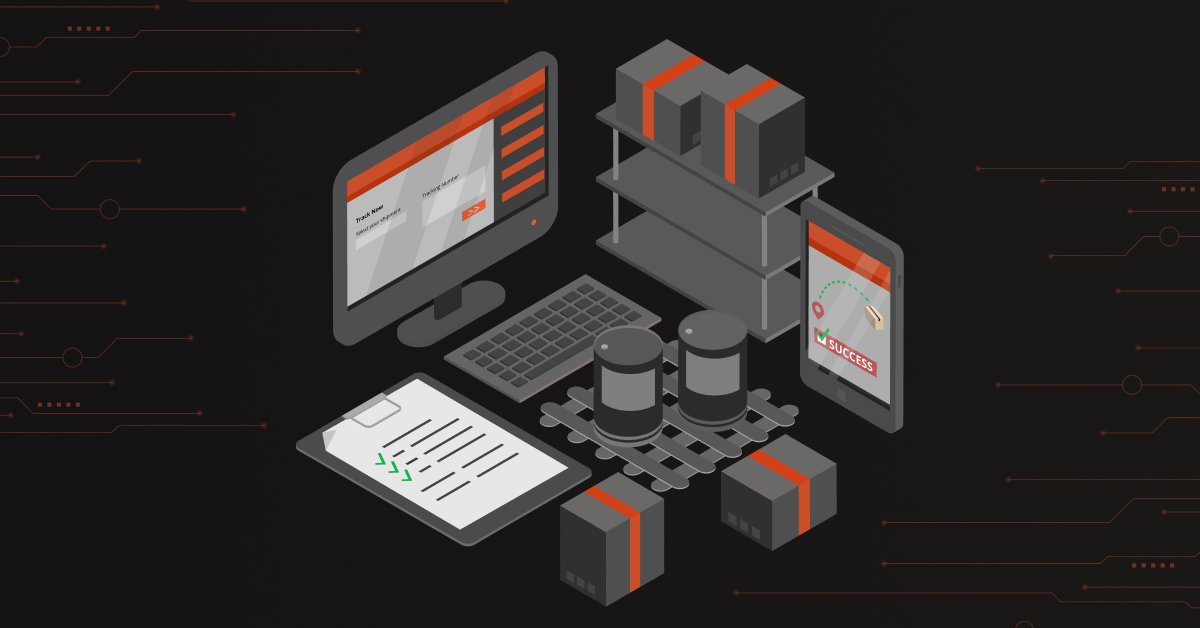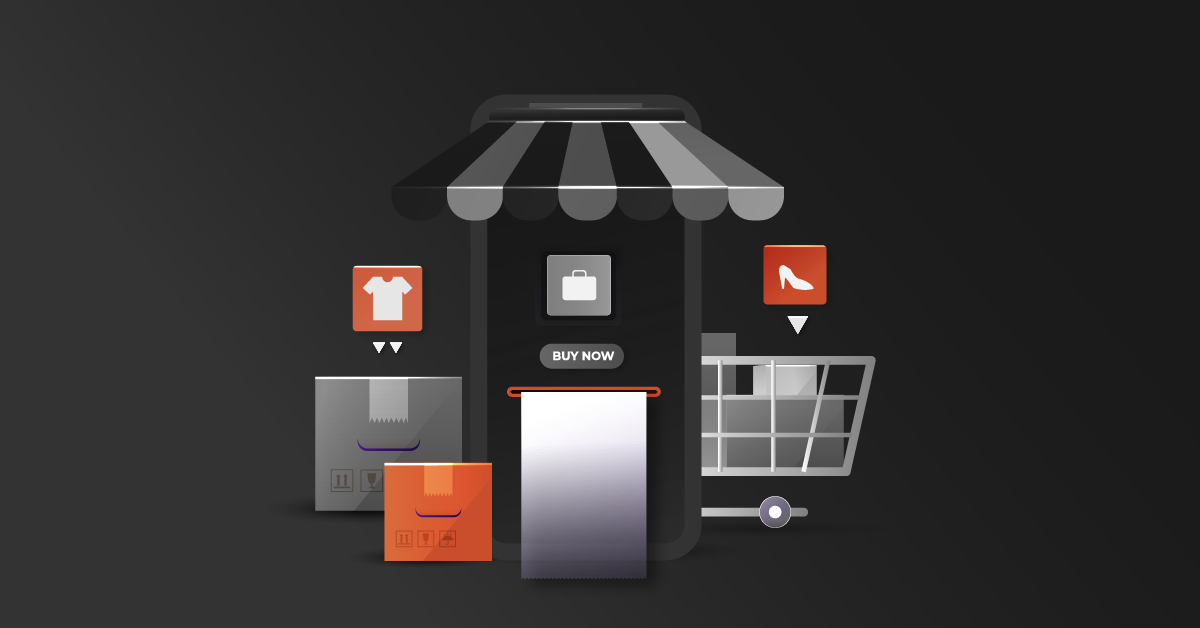The site building part in Drupal 8 is packed with new elements and a new look, it removes barriers and allows site builders to simply do what they do best: build great sites. New out-of-the-box features include Views, configuration management, and an improved user interface. Site building with Drupal has never been more fun and rewarding.
Drupal 8 allows site builders to:
- Easily customize the front page and listing blocks.
- Attach fields to several new types of content.
- Output serialized data as JSON and XML from Drupal, almost as easily as you can normal HTML output.
- Easy configuration management: Site configuration information is now stored in files in your library’s directory, making easier to transport configuration changes between environments.
- Accessibility integration: support for standard accessibility technologies.
Improvements Snapshots
Views in Core!
- Views is the most downloaded module in Drupal 6 and 7 i.e. it is one of the commonly used and essential modules in Drupal. In Drupal 8, Views has been integrated to Drupal Core.
- Most of the main administrative listings such as Content, People, and Files, in addition to various sidebar blocks, several RSS feeds, and the default front page have also been converted to Views.
Improved Blocks
- Blocks have been made very useful in Drupal 8. The main changes in blocks are listed below
- Views Blocks can be used multiple times, even custom blocks.
- There is an on/off checkbox for a block title, you don’t have to use anymore.
- Toolbar is on the side instead of the bottom.
- The sidebar UI allows dynamic filtering, making access to blocks comfortable.
- Block types and layout configurations are now in code.
- Blocks get fields, revisions and other entities properties (a bit like nodes).
- Several previously hard-coded site components have been converted to blocks, including breadcrumbs, site name, and slogan, with more in the works.

FieldAPI
Field API has been rewritten for the third time in Drupal 8, which includes a lot of new field types – such as DateTime, Entity Reference, File, Image, Link, Options, Telephone.
Form Display UI
Form Modes are the view’s equivalent in case of entities.
- Now, in Drupal 8 we can manage the form display separately from the actual display.
- In case people use hook_form_alter() in a custom module and manipulate the field to be hidden, the form display UI will make their lives easier. We don’t have to write code to hide fields in Drupal 8.

Editing improvements
- CKEditor in core and for in-place editing
- Text formats have changed
Tour API
- Drupal gets “tours”, can write them (in YAML files).
- The new Tour module provides a context-sensitive guided tour of the main parts of any given Drupal user interface.
- It is powered by the JQuery Joyride plugin and allows site builders and module-developers the ability to provide targeted help for specific elements on a page
Configuration export/import
- Config now stored in Yaml files, in files directory
- Configurations can be exported/imported removing the need for some contributed modules such as Features.
- Having configuration in files removes a lot of the dependence on the database. This means less database overhead.
- Large portions of CTools have now been moved into core
Theming
- This could be considered a big change.
- Rather than using php template, themes are now put together using “Twig”.
- Bar getting used to the new file formats and using Twig placeholders and conditions instead of php ones.
- This change/move forces removal of using php code (other than region placeholders) in template files, leaving template files for html markup only and moving the complex code into “modulename.theme” (replaces template.php).
- html5 and media queries are all part of the package now.

Upgrade Migration Path
- In Drupal 8, the major version upgrade path has been replaced with a migration path, courtesy of a D8 port of the Migrate and Migrate Drupal-to-Drupal.
- Big difference is that – instead of keeping the site offline for hours while a variety of scripts attempt to upgrade production database schema in-place , can simply keep our Drupal 6/7 site running while we build out the new Drupal 8 site, and then keep running the migration path until everything’s moved over satisfactorily, doing a simple webroot / DNS swap at the end with next to zero downtime.
Drupal, with its contributed modules and themes, gives the site builder an incredibly powerful and flexible toolkit. These tools make it possible to build sites that are interactive, easily integrated with popular services and applications, infinitely customizable, and capable of supporting multiple classes of users all without writing a line of code.




